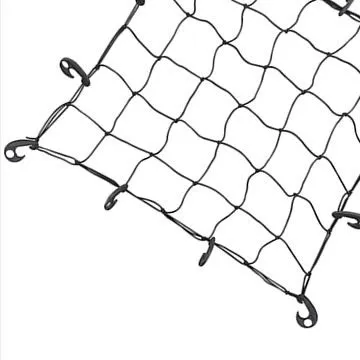10 月 . 31, 2024 14:46 Back to list
Understanding Ceiling Grid Systems and Their Applications in Interior Design
Understanding Ceiling Grids A Comprehensive Overview
Ceiling grids are an integral aspect of modern architectural design, providing not only aesthetic value but also practical functionality. These grids serve as the structural framework for suspended ceilings, commonly known as drop ceilings or false ceilings. They are widely utilized in commercial buildings, educational institutions, hospitals, and even residential spaces due to their versatility and ease of installation.
Understanding Ceiling Grids A Comprehensive Overview
One of the primary advantages of using a ceiling grid is its ability to conceal mechanical systems, such as ductwork, electrical wiring, and plumbing. This is particularly important in commercial settings where a clean, organized appearance is desired. Additionally, the suspended nature of the ceiling creates a cavity that can be utilized for insulation and soundproofing, thereby enhancing the overall comfort of the environment.
what is ceiling grid

Another significant benefit of ceiling grids is their ease of access. In contrast to traditional ceilings, which can be cumbersome to modify or repair, a ceiling grid allows for quick access to the systems above. Tiles can be easily removed and replaced, making maintenance simple and efficient. This is especially crucial in environments where ongoing adjustments to HVAC systems or electrical components are needed.
Regarding design, ceiling grids offer a myriad of possibilities. They can be customized in various styles, colors, and finishes to match the overall design theme of a space. From classic white tiles to more contemporary designs featuring patterns or textures, the aesthetic appeal of a ceiling grid can enhance the overall look and feel of a room. Many designers are now opting for grid systems that incorporate integrated lighting solutions, adding further functionality to this versatile system.
It is also worth noting that ceiling grids have environmental implications. With advancements in material science, many ceiling tiles are now produced using recycled content and are designed to be recyclable themselves. Choosing eco-friendly options not only contributes to sustainability but can also earn buildings points toward green certifications such as LEED.
In summary, ceiling grids are much more than just a practical solution for installing ceilings. They provide an essential framework that enhances aesthetics, facilitates maintenance, and improves acoustic and thermal comfort. As architectural design continues to evolve, ceiling grids will undoubtedly remain a vital component in creating functional, versatile, and visually appealing spaces.
-
Revolutionizing Interior Design with Ceilings t grid Suspended SystemNewsOct.29,2024
-
Revolutionizing Ceiling Design with ceiling access panel with Gypsum Tile WaterproofNewsOct.29,2024
-
Revolutionizing Interior Design with PVC Gypsum Ceiling: A Comprehensive GuideNewsOct.29,2024
-
Elevating Interior Design with High quality Mineral Fiber Ceiling TilesNewsOct.29,2024
-
Revolutionizing Interior Design with PVC Gypsum Ceiling: A Comprehensive GuideNewsOct.29,2024
-
Elevating Interior Design with High-Quality Mineral Fiber Ceiling Tiles: A Comprehensive GuideNewsOct.29,2024







